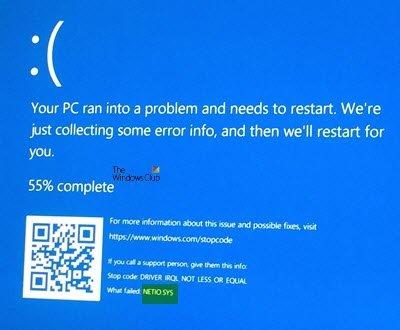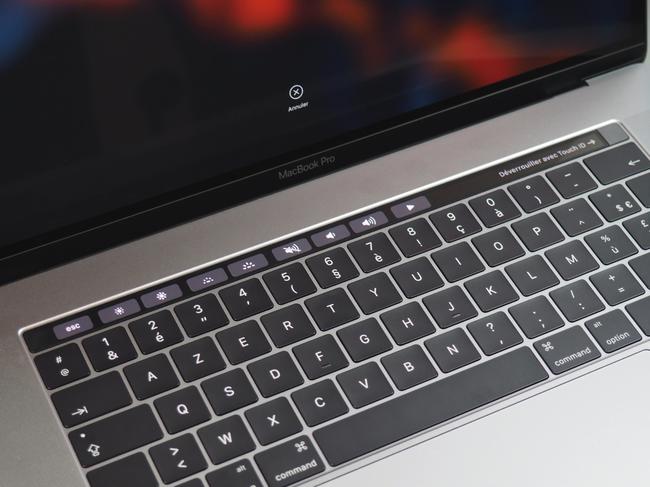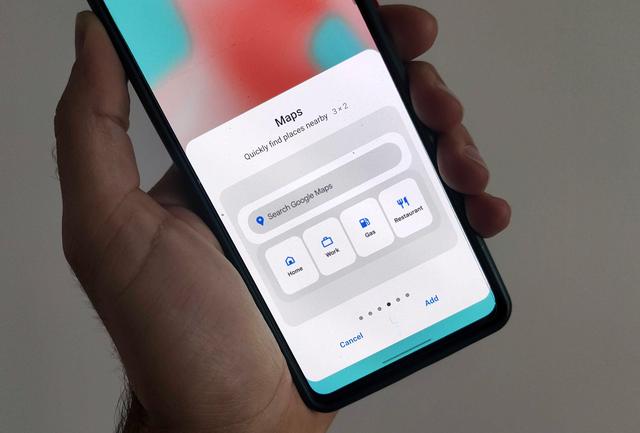The network is one of the most important components of a computer. The exchange of information between devices of all kinds is now also possible using network devices. The netio.sys file is an important system file associated with the network drivers of a computer. It is also used by third-party programs to interact with network devices. Today we are going to check out ways to fix blue screen errors caused by netio.sys.
The following BSOD errors may be related to this netio.sys file:
Fixing netio.sys Blue Screen Errors
The following potential fixes will be made to fix netio.sys related BSOD errors on Windows 10-
- Using System File Checker.
- Check memory for errors.
- Update, rollback, or disable drivers.
- Reboot now and check for problems (recommended)
- Check for problems the next time I start my computer
If you tend to create a system restore point in general, you can try to undo any changes on your computer by performing a system restore. It is also recommended to perform the below mentioned tasks in Safe Mode with Networking only.
1]Using System File Checker
Right-click the Start button and click Command Prompt (Administrator)type the following command to run System File Checker, then press Entrance.
sfc /scannow

Reboot your system once the scan is complete.
You can also use our freeware FixWin to run the one-click system file checker utility.
2]Check memory for errors
To run ChkDsk, open This PC. Right-click on your operating system partition for Windows.
Click Properties. Now navigate to the tab titled Tools.
Under the heading for Error Checking, click Check.
A new mini-window will now appear. Click Scan Drive.
Let it scan your disk drive partition, then restart your computer for the changes to take effect.
Now, in order to fix any problem with your RAM, follow the steps below.
Run the memory check on your computer. Start by pressing the WINKEY + R button combination to launch the Run utility. Then type, mdsched.exe and press Enter. It will launch the Windows Memory Diagnostic Tool and offer two options:
Now, depending on which option you selected, the computer will restart and check for memory-related issues. If you have any issues, it will fix them automatically, otherwise if no issues are found, that's probably not the cause of the problem.
3]Update, Rollback or Disable Network Drivers
The main drivers that could be a cause for this particular file will be listed in the Network Adapters section at inside Device Manager. You must therefore reinstall the network drivers of your motherboard. If you recently updated these drivers, go back and see. If not, we suggest you update these drivers.
Did this solve the problems you were having?










Farewell Touch Bar, I won't regret...
Caddy, the only web server to use H...
Burkina Faso / Gabon (TV / Streamin...
What the future of work will not b...